The Nomadic Bedouins Of South Jordan

The Noble Origin Of The Hweitat Tribe
As told by a Ammarien and a Saidiyin Sheikh, the great and prosperous Hweitat tribe originated from a wandering family that passed from Aqaba to Hijaz to Jerusalem on their way to pray at the third holy site. On their travels, their is one became very sick and they asked the nearby tribe, Bani Atieh, to take care of him until they returned. The family of Ma'az agreed, and as time passed, the father became so fond of the boy that he decided to keep him. When the child's parents returned, Ma'az said their son was dead and showed them the grave site of another youth.
The boy grew into manhood and, being extremely intelligent, began to assume leadership of the Bani Atieh tribe, causing jealousy among his foster brothers. As tension rose, the tribe travelled to Egypt to have the Pasha decide the dispute. Upon agreeing to see them, the Pasha handed the men some bits of cloth. Ma'az's naturally born sons accepted the fabric, but the foster child refused it, as the cloth was cut unevenly. The Pasha was impressed and gave him the leadership of the tribe.
The boy married the daughter of Ma'az and soon after, they had a son who was also clever and strong. One day, their son returned alone from playing with the other children and his family asked him where his friends were. Upon searching, they found the children standing together within the circumference of a crudely drawn circle in the sand. They said that the son had drawn it around them and told them not to move from it. This situation showed the tribe the boy's strong personality, intelligence and ability to influence others, and so they called him Hweitat, after the arabic word, Huwweitah, which means encirclement.
As the son grew older, he formed his own tribe, the Hweitat. They move further north and became a neighbour to the Bani Atieh, taking part in the Hijaz route later on. Strong relational ties formed between the two tribes, and they still exists today. Through the centuries, the Hweitat grew in size and affluence, and now are regarded as one of the most well known and wealthy of the Bedouin tribes. Only an estimated five percent live the traditional life, while the other members have since made their mark in the modern world.
Our investigation begins in the depth of the most remote desert areas of south Jordan. A land once provided the ideal elements of good living for the animals shepherds. A land or place of perfect harmony and symbiosis between man and nature which enabled the shepherds to live well and goodly.
This is the same desert that the Semitic peoples had to cross in their successive migrations, facilitating the exchange of new ideas between the East and West.
The name ''Bedouin''- ''The desert dweller'' make reference to a lifestyle. The Bedouins lay great emphasis on linage and proclaim that the true Bedouin, those who belong to the noble tribes and have the purest blood, breed camels and still living under the tent out in the desert.
In 1996 when I started my research there was only an estimated 7% of the country's population of 4.2 million live a nomadic or semi-nomadic lifestyle. Of these, only an approximate 5% live in the southern desert. Today in 2019 there are handfull of bedouins living the true shepherding life.

The Ammarin Of Wadi Araba & Beidah
The first time I met an Ammarin was in the desert near Wadi Al-Feenan. He was the sheikh (tribal elder, or leader) Salem Saleem Ali Sa'ad, known as Abou Nasser. At sixty six years of age, Abou Nasser was considered one of the most reliable authorities on Ammarin history. In his account of his people, transmitted to him by his forefathers, fact and fiction are inseparably intertwined; but no matter. The importance is not the historic accuracy of the narrative, but in what it reveals of how these people think, and how they view themselves and the world around them.
The Ammarin are derived from the tribe of Bani Atiyeh, a large tribe with branches in the Hijaz (in Saudi Arabia), Jordan, and Egypt. The Ammarin tribe consists of five branches: Eyal Awwad ''The shamans line'', Al-Shousheh, Eyal Hameed al-Gmour, al-Hasaseen, and al-Bakhaiseh.
The Ammarin claim descent from two brothers of Bani Atiteh, called Atiyeh and Nasser. The former of these two stayed in Hijaz while the latter came to Rakhm, in southern Palestine. From that deereh they travelled Gaza where they traded with a merchant called Abou Khadra, who sold to them on credit. In due course, their debts to him grew to the point where he asked for repayment, which they could not provide. He took seventy five of their horses, which were not sufficient to cover the total value of the debt, but they were a major loss for the tribe. Enraged, they burned his books of accounts by way of revenge. But Abou Khadra was a man of parts. He gathered his men and attacked the Ammarin. The battle developed into a major massacre of the tribe, after which they moved east, across to Wadi Araba into Jordan.
At some point in the early nineteenth century, Awwad, an ancestor of today's Ammarin of the Eyal Awwad, bought land in Beidah, close to Petra, for the price of ten goats and a gun. His estate, which was a plateau in the mountains, came to be known as Farsh Eyal Awwad (roughly, the estate of the sons of Awwad). Slowly, his cousins and their families joined him. As the tribe grew, competition, and later conflict, developed between them, and the neighbouring tribes, al Rafai'ah and al Saudiyin. After a bloody battle which the Ammarin won, the Saudiyin fled to Buseira (near Tafileh in southern Jordan), while the Rafai'ah were expelled to Khirbet al Rafai'ah, also near Tafileh.
Somewhere along their history, the Ammarin also controlled Petra, particularly the parts around the monastery (al Deir), Aaron's tomb and Qasr el Bint, but they were forcibly evicted from this land by the other competing bedouins, who were supported by the Turks.
The event took place in 1756. The Ottoman authorities used to give an annual stipend to the Bedouin tribes that controlled the routes of the pilgrims' caravans to Mecca.In return, the Bedouins refrained from raiding the caravans, and instead offered them protection and the use of their wells. In 1754, the Ottoman Governor, Ali Pasha refused to pay this annuity, so the Bedouins refused to let any caravans pass through. Ali Pasha then agreed to pay, and invited 25 of the rebellious sheikhs to a meeting in Ma'an to discuss arrangements for the following year. But this was a trap, for as soon as the Bedouins were gathered, he had them decapitated and sent their heads to Istanbul, the capital of the Ottoman Empire. Ghadban (meaning irate) and Jureibe'e ( meaning little gerbil) were among the Bedouins representing the Amarins.
Three years later, the Bedouins had their revenge. They attacked a Turkish caravan and killed all the soldiers, except those who escaped only to die of thirst in the desert. The Ammarin's casualties consisted of one man who was shot in the leg, as a result of which he developed a limp. The loot which the Bedouins gathered that day was sold for considerable profit in Acre, and the story is passed down from generation to generation in an epic poem about the Ammarin's valour.
Another evil for which the Ottomans are blamed is the loss of Ammarin land. Towards the end of the Empire, one of the administrative reforms introduced was to register property. In due course, a land tax was imposed, which rose in proportion to the size of the estate. The Ammarin, conscious of the tax but unaware of the significance of the register, sought to escape taxation by claiming less land than they owned in reality. The rest of the land was then registered as state land. When the Hashemite Kingdom of Jordan was created, the government inherited the records of the Ottoman administration, which allocated to the Ammarin only a small portion of their deereh. But the Jordanian authorities are more indulgent than their predecessors. They allow the Ammarin to graze their herds on this disputed land.
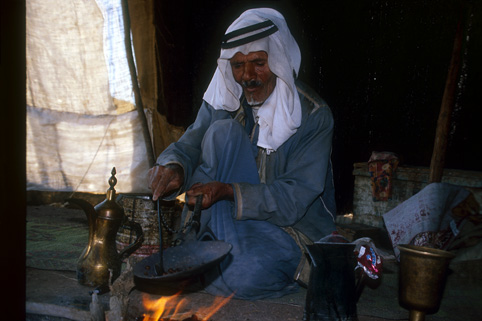

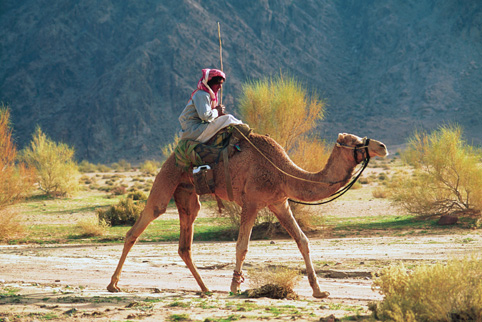

''The Bedouins record their linage with great pride, conscious of noble birth. Their ancestors, the inhabitants of the Arabian Peninsula in prehistoric times, were reffered to in the Old Testement book of Genesis as the children of Shem, son of Noah.'
The Bedouls who lives arround Petra
My first encounter with the Bedouls occurred in 1991. I was driving back from a visit to the Museum of Petra when I came across a shepherd boy herding his goats. Even at a passing glance, I was struck by the uncanny resemblance between the boy's features and those of a Nabataean statue which I had seen at the museum. I simply had to take his photograph. This chance encounter heightened my interest in the differences in physical traits among Bedouin tribes, but it also was a discovery of more reaching effect: I did not realise at the time that I had stumbled upon the greatest controversy surrounding the origin of the Bedouls, namely, whether this tribe actually descended from the Nabataeans.
Although Bedouin tribes generally trace their lineage to a founding father, whether real or fictitious, and Bedouin individuals can trace their genealogy several generations back, an enigma surrounds the origin of the Bedouls.
Some claim descent from the Nabataeans; but there is no solid evidence to prove this pretence, and, like other claims, it may be a story fabricated to impress tourists. Others claim that the name Bedoul derives from badal (meaning to swap or change) and it was bestowed upon the tribe when they converted from idolatry.
Ali Salem Aldaraweesh, from the Bedoul branch of Al Mawasneh, claims that the Bedouls either descended from the Nabataeans or the ancient tribes of A'ad and Thamoud, mentioned in the Kor'an, who lived before the Nabataeans. They dwelled in the area of mada'en, Saleh, Wadi Rum, Petra, Hasna and Humeima.
These claims are fascinating, but impossible to verify. A less romantic but, plausible theory, is that the Bedoul were a roaming tribe that found the caves and monuments of Petra and simply occupied them. According to this theory, their customs changed, to conform with their new mode of living.
What is known about the Bedoul is that their deereh (territory) is surrounded on the south and west by the Saidiyin tribe, on the north by the Ammarin tribe, and on east by the fallaheen (meaning peasants, the collective name for rural communities). But the Bedoul are a community apart, who intermarry only among themselves, and whose customs often differ from the Bedouins. They are a settled rather than a nomadic community.
Burckhard, referred to the Bedouls as the rulers of Petra and claimed that no tourists could enter the are without paying a fee to their Sheikh. His judgement contrast with the standing of this clan among other Bedouins, who see the Bedoul in general as a poor and insignificant tribe. Sixty five year old Sulayman (from the neighbouring Saidiyin tribe)describes the Bedouls as a tribe, small in numbers ( a reference of disdain among Bedouins) living in great poverty around the caves of Petra. This description is corroborated by government statistics which indicate that they numbered 64 families in 1970. However, thanks to the improved living conditions in the government-provided housing estate their number have grown to 300 families, or around 1000 people. They are concentrated in Petra, plus scattered living in the areas of Humeima and Guweirah.
The Bedouls contest that, at some point in the past, they were numerous and so rich that they were did not need to work. With idle time on their hands, they held a dancing party during the day, in course of which women performed the sabres dance. But this sort of activity happens only at night, so other tribes who saw them celebrating in broad daylight felt jealous. The evil eye of jealousy brought upon the Bedoul the black death that decimated the tribe and reduced it to poverty.
The disregard in which the Bedouls have always been held served them well at times. Ali relates the story when the Ottomans invited all the Bedouin Sheikhs to Ma'an for a meeting, omitting the Bedoul as too insignificant. The insult was later seen as a blessing when it was discovered that the invitation was a trap, and the Turks killed 25 Sheikhs who attended the meeting. This incident is the same as the one mentioned by Abou Nassar of the Ammarin.
One very old Bedoul remembers the days when their sole luxury was brown sugar and tea, supplied by the Ottomans in return for firewood which the Bedouls carried on their donkeys. Great famines were common, and Ali recalls numerous nights when his mother sent him to bed with a dinner of only bread crumbs dipped in boiled juniper berries. Medical care was scarce as well. Branding with a hot iron was a common cure for most aches and pains, including stomach flu and headaches. This practice is still used today, but it is not as common. Additionally, the blood of the wabar (wildcats) was believed to hold medicinal properties, but it is hardly used today since the wildcat population has dwindled until it became an endangered species.
In the past thirty years, however, the fortunes of the Bedouls have changed. The increase in tourism to Petra, Jordan's principal attraction, has brought to the Bedouls considerable benefits. They were quick to learn languages, and now they earn their keep by working as guides and by selling various crafts to tourists.
Today, most Bedouls have been relocated to houses provided by the government of Jordan in order to improve their living conditions and to protect Petra. Yet, for all their new-found ease, they maintain a semblance of their old lives, and some families continue to live and keep their goats and sheep in the caves.
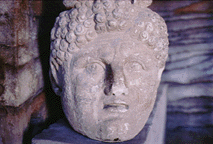

The Saidiyin of Wadi Araba
In 1917, Sheikh Hamad Bin Jazi of the Huweitat asked the Saidiyin to join his cavalry fighting in the Great Arab Revolt under the banner of Hussein Bin Ali, the Sharif of Mecca. Thus began an alliance which, to this day, leads outsiders to the false conclusion that the Saidiyin are a branch of the larger, more prosperous and more powerful Huweitat.
This misconception is encouraged by the Saidiyin for reasons of tribal politics. Traditionally, the borders of a deereh (tribal territory) were always approximations at best, which used to cause frequent disputes over wells between many claimants. Small and weak tribes faced the choice between a tribal war in which they would lose livestock in addition to the disputed territory, paying a khawa (protection money) to a more powerful tribe in return for its protection, or claiming common roots with a powerful tribe. While the third option would not create an equal relationship among the allies, it tended to deter aggressors, since it imposed a duty of honour on the powerful tribe to defend its weaker "relations" if attacked.
Today the Jordanian desert police has brought peace among the tribes by its patrols of the desert and mediation in tribal disputes. Nevertheless, the Saidiyin persist in claiming common descent with the Huweitat. In truth, the Saidiyin Bedouins are a branch of the tribes Shammar, originally from Najd in the Arab Peninsula. In Iraq today, Shammar is a major tribe with considerable wealth and influence; but the Saidiyin are a minor branch which does not count among the powerful tribes of Jordan.
As far as we know, the Saidiyin have lived for centuries in the southern desert of Jordan. In the course of their wanderings in search of pasture and to trade their wares in nearby towns and villages, some families of this tribe went as far as Palestine. There they settled until the first Arab-Israeli War in 1948 and the closure of the border to Bedouin migrations, whereupon they returned to their homeland in Jordan. Today, their deereh extends from Khanzeereh (meaning sow) in Wadi Al-Feenan, located in the south of the Jordan Valley, to Rhama (meaning mercy) just north of Aqaba. Bordering the Saidiyin are the deerehs of the Huweitat to the east, the Heewat to the south and the Ammarin to the north, with Israel on the west.
Although the Saidiyin like to claim descent from the Huweitat, they are conscious of their true lineage and each man is able to trace back his ancestry for many generations. When inquiring about their history, I was told many war stories. One elder recalled an ancestor who fought in a battle against the Ottoman Empire at the Sharah area, probably in the course of the Great Arab Revolt. The man was not aware of the context of the battle, but he provided an elaborate and vivid account of how his ancestor cut the throat of a Turkish soldier who manned the cannon.
This recounting is an example of the Bedouin concept of war and of history. They are more concerned with personal or tribal prowess than actual events or military activity. Stories are passed down through the generations, glorifying the deeds of each tribe's warriors, and the veracity of the tale is not as important as the honour remembered.
This conversation with Suleiman Khalil gave me further evidence that the Saidiyin are not related to the Huweitat. When going into battle, it is customary for Bedouins to call out the name of a noble woman from the tribe (who may be contemporary or long since deceased) to remind themselves that they fight to protect her honour, so it becomes unthinkable to run away. In due course, the name of this woman becomes the distinctive nakhwa (tribal cry) of the tribe. I learned from Suleiman that the nakhwa of the Saidiyin is ekhwat Salha (meaning "brothers of Salha.")
Notwithstanding their small numbers (and hence their relative weakness), the noble origins of the Saidiyin can be discerned from the fact that they are ahl ibel (camel herders). The camel is considered the noblest animal in the desert, because of its economic importance. A camel is a virtual factory in its own right, providing its owner with large quantities of milk and meat for nourishment, and hair for weaving purposes. In addition, as a beast of burden, it is capable of carrying a load of up to 250 kilograms, which makes it the equivalent of a small pick-up truck. But it was the camel's effectiveness as a war machine that earned ahl al-ibel their notable place among Bedouins.
The camel's great endurance in the harsh desert climate made it the perfect means for long- range power projection in attack, and the optimal conveyance in escape. In battle, the camel's high posture affords its rider considerable protection, and its ability to outrun a horse over short distances gives it great value for manoeuvring.
Today, the Saidiyin still hold the distinction of possessing the largest herds of camels, but this no longer signifies wealth, power and status that it once did.More so in the winter than in the summertime, these animals become a financial burden as they require shelter, in addition to food and water to survive. Being a poor and small tribe of around 4,000 people, the Saidiyin like to claim the Huweitat heritage out of convenience and the desire to align with a prosperous tribe.

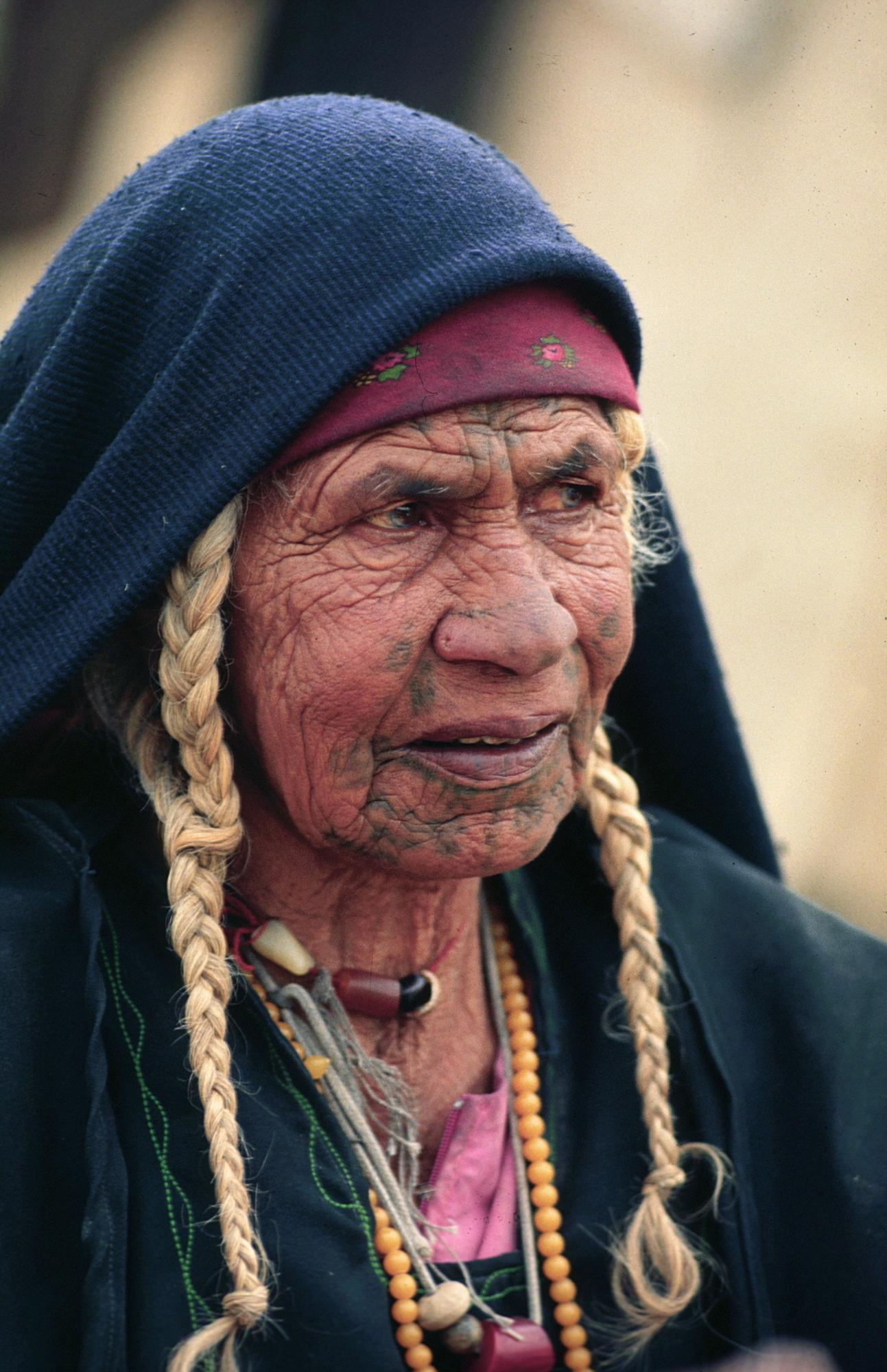
The Late "Um Uglah from the Azazmah tribe, Wadi Mujib 1995"
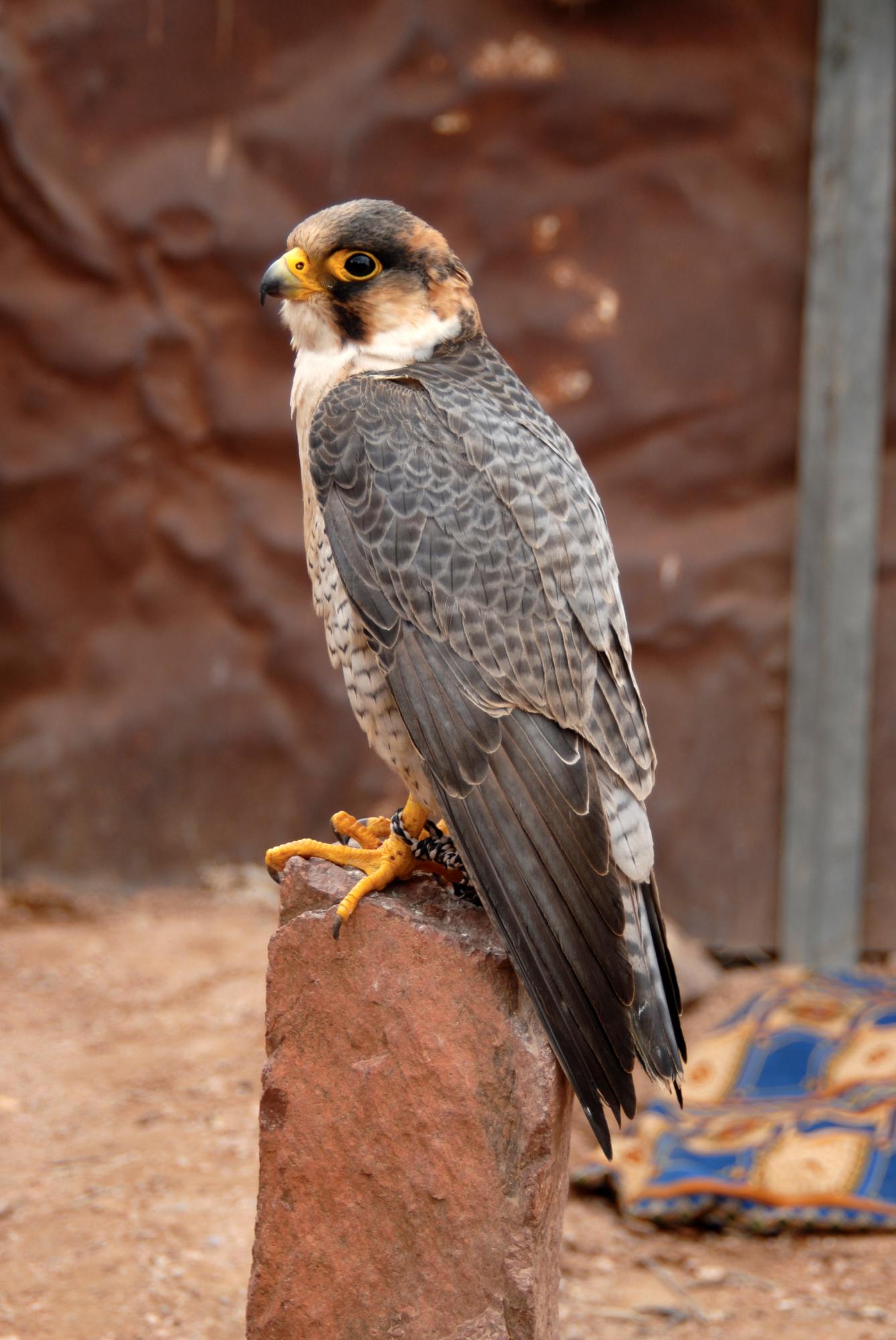

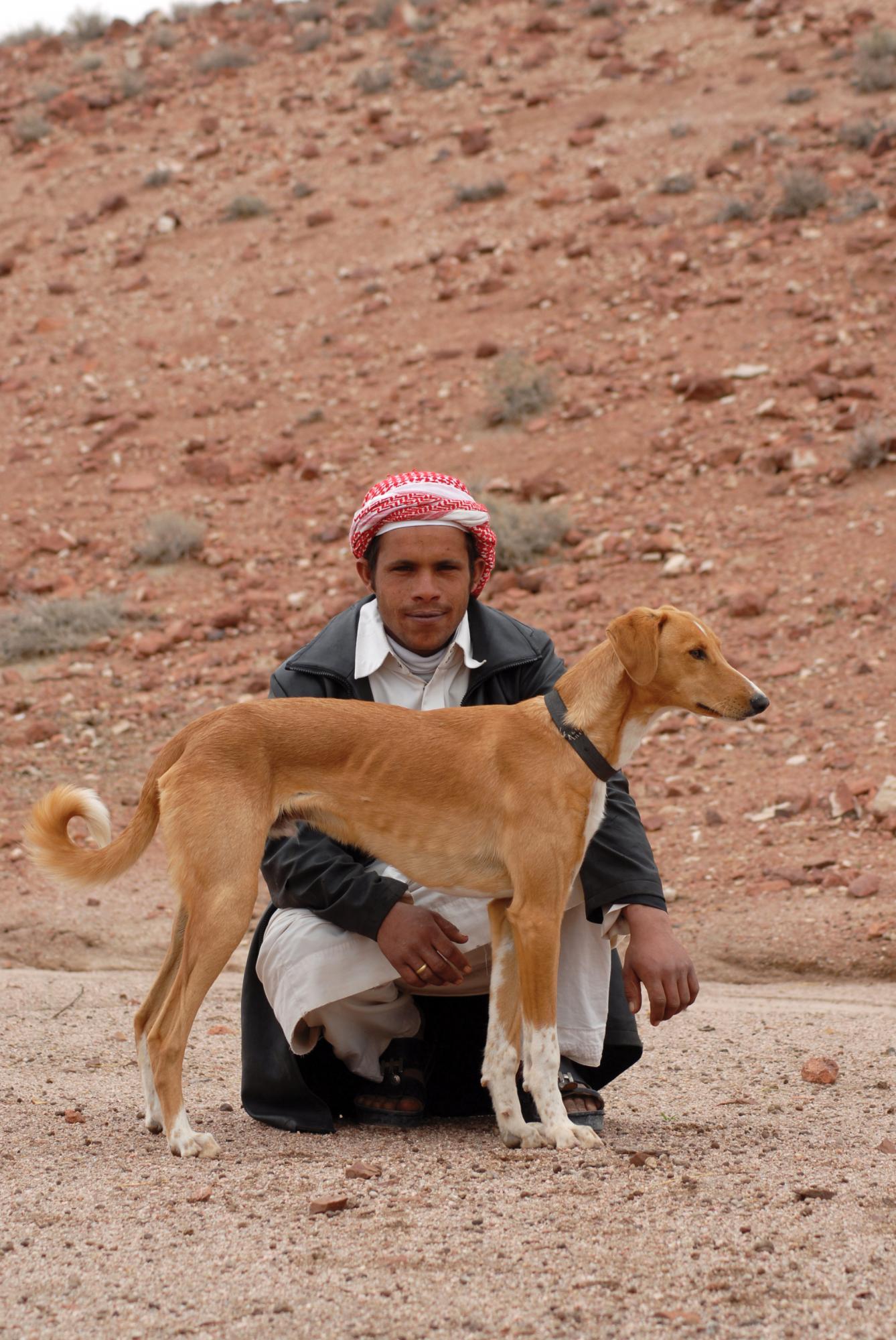
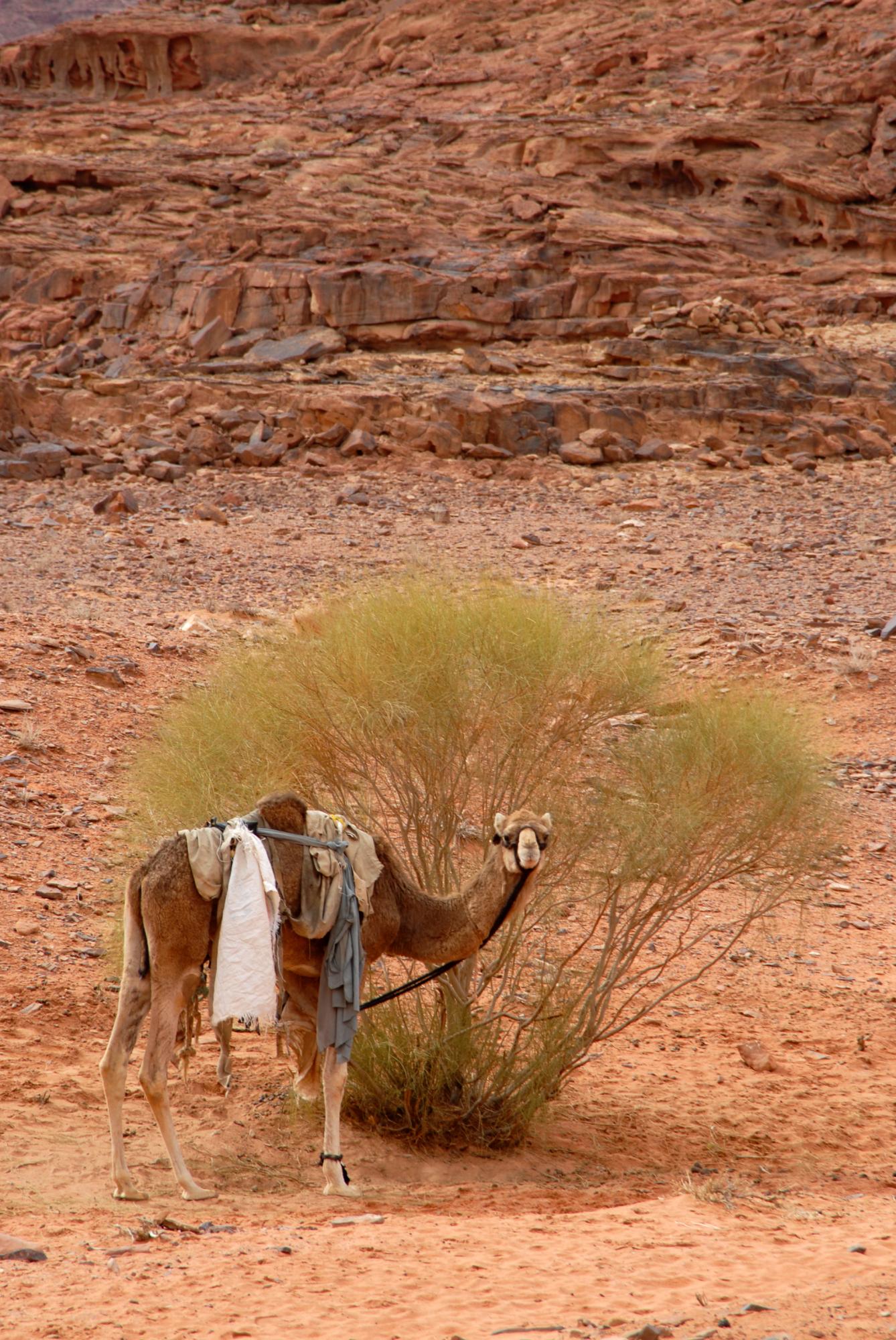
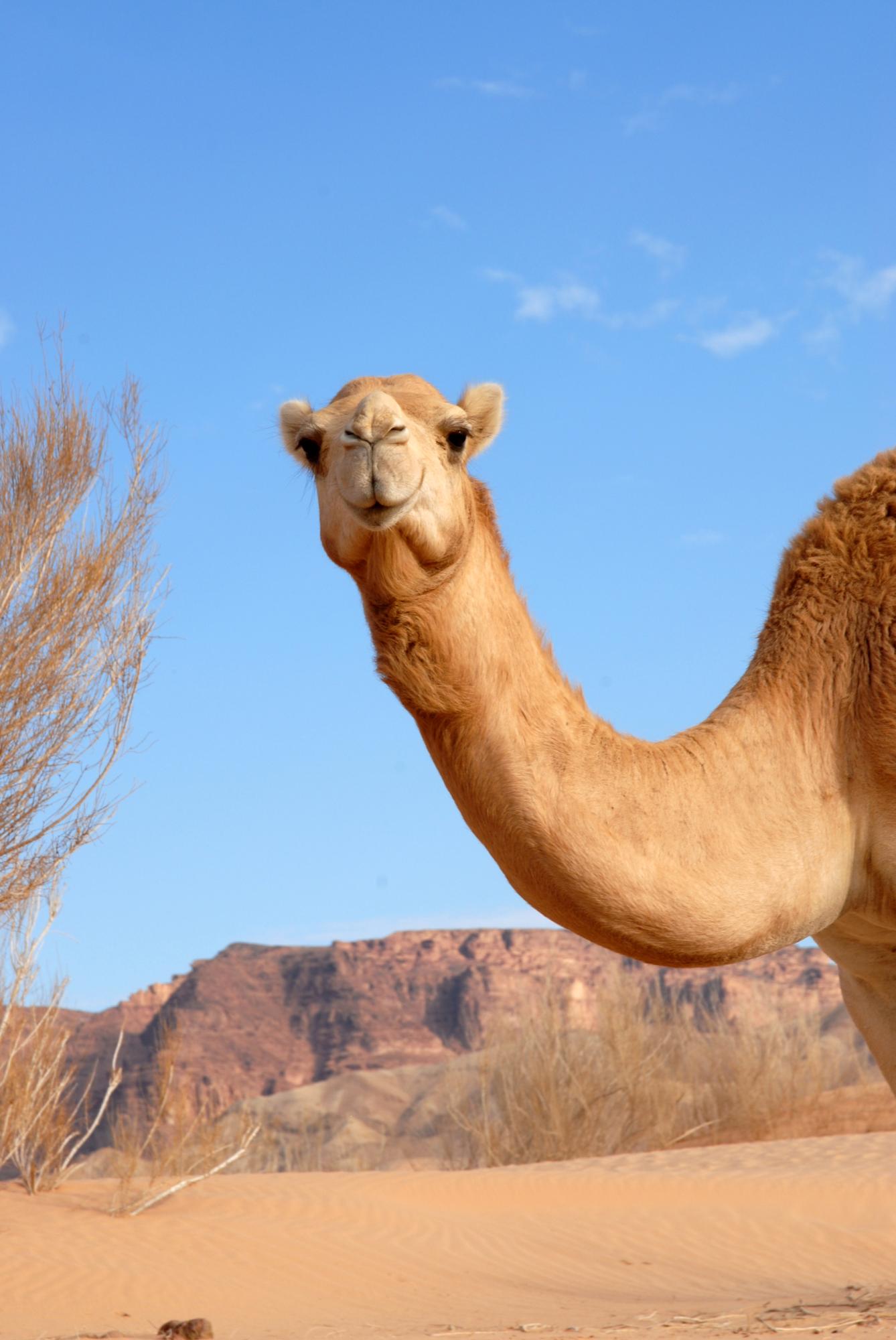



The Story Of Torfa Bint Sabbah Al Ammarin ''Al-Shoushehs''
When I began my photographic journey in 1992, one of my dreams was to meet the fabled camel herders, reputed to graze herds of over 100 camels. After months of fruitless search, I was told that they had moved to Wadi Araba. I hired a Bedouin guide and went in search of the great camel herds, but in vain. On the way back, the guide mentioned that an aunt of his was taking care of her new-born goats in the nearby mountains and asked if we could stop to see her. Since I had nothing else to occupy my time, we drove to the foot of the mountains, from where we had to scale its steep side in order to reach the side entrance of the cave.
It was here that I met Torfa, a proud Ammarin woman. Her cave was unique in that it was divided into three compartments: one for the goats, another which served as a kitchen, and the third which served as a living area. Despite the presence of the animals, the floor of the cave was remarkably clean, and Torfa had even contrived a form of terrace in front of the cave. When asked why she lived so far away, Torfa admitted she liked living alone, away from people, because they talk too much. What she needed in terms of food and supplies, her son brought to her during his weekly visits.
The following year I searched for Torfa. I found the cave, but not the occupant, who was back with the tribe at that time of year. I learned later that she stays in the caves only in the winter months (January through March), when it was warm in the caves and cold outside. In summer, there is less vegetation on the mountain and so she travels to Heesheh, located east of Petra, where she lives in her tent.
On this particular trip, I met instead Hamda, an older Ammarin woman whom I immediately recognised from my visit in 1992. To prove to her that I knew her, I reminded her of how she was saved by other Bedouins from the flood in 1992. Only then she did accept me as a friend and allow me to take photographs of her.
The following June, I searched again for Torfa and found her at Heesheh. Although it had only been a year and a half since I had seen her, the harsh desert had aged her beyond her years. It was shocking how much tired and old she looked. Because of the sun, her skin was much darker and her body, hunched with age. I could only stay one night in her hospitality, since she was moving to find a better grazing area the following day.
It was not till 1996 that I finally succeeded in solving the enigma of Torfa. Visiting her cave in March, I found her herding her goats a usual; but this time she acknowledged me as a friend and told me her story.
Her full name is Torfa bint Saleh, daughter of Saleh and granddaughter of Abdullah. She was born in Heesheh, along with the rest of the family. She is not sure how old she is, perhaps around 70 years. She has given birth to 8 children, of whom four died (2 boys and 2 girls) and the other four (3 daughters and one boy) survived. All have since moved away except for one of her daughters, who helps her herd her livestock.
Torfa was married a long time ago to a soldier. For Bedouins at that time, the military meant the good life, since it provided money, clothes, food and privileges like heath insurance for the family. After he finished his term of service he enrolled in the PLO. One day after the war of 1967, he crossed wadi Araba on a mission, but a land mine went off under his foot, destroying his leg. He was captured by the Israelis, given medical treatment (a prosthetic leg) and then imprisoned for five years. Upon his release, he returned to Torfa for one year before he died.
Today, Torfa continues to herd her goats and sheep, some of which she tends for her brothers and sisters who live in the city. She carries water to the cave from the valley below on her donkey, and depends on her brother for a weekly subsidy. She is getting old, though, and the climb to her cave is becoming increasingly difficult. With her usual dignity, mingled with some sadness, she says that this year or the next will probably be her last visit to the mountain.